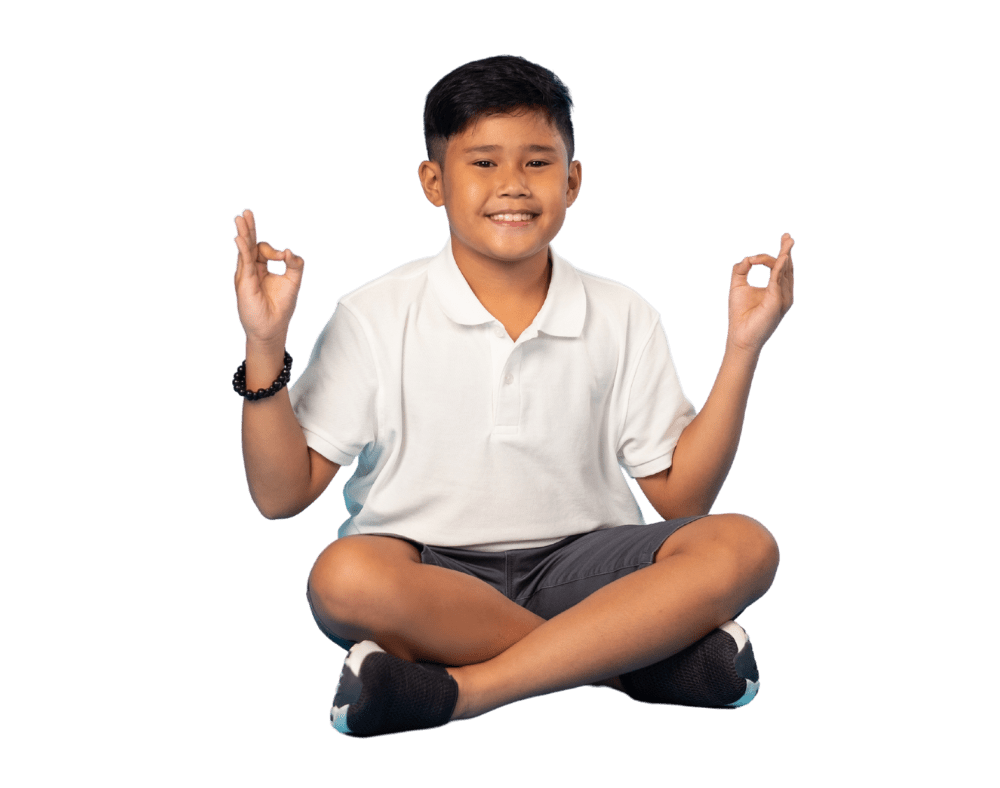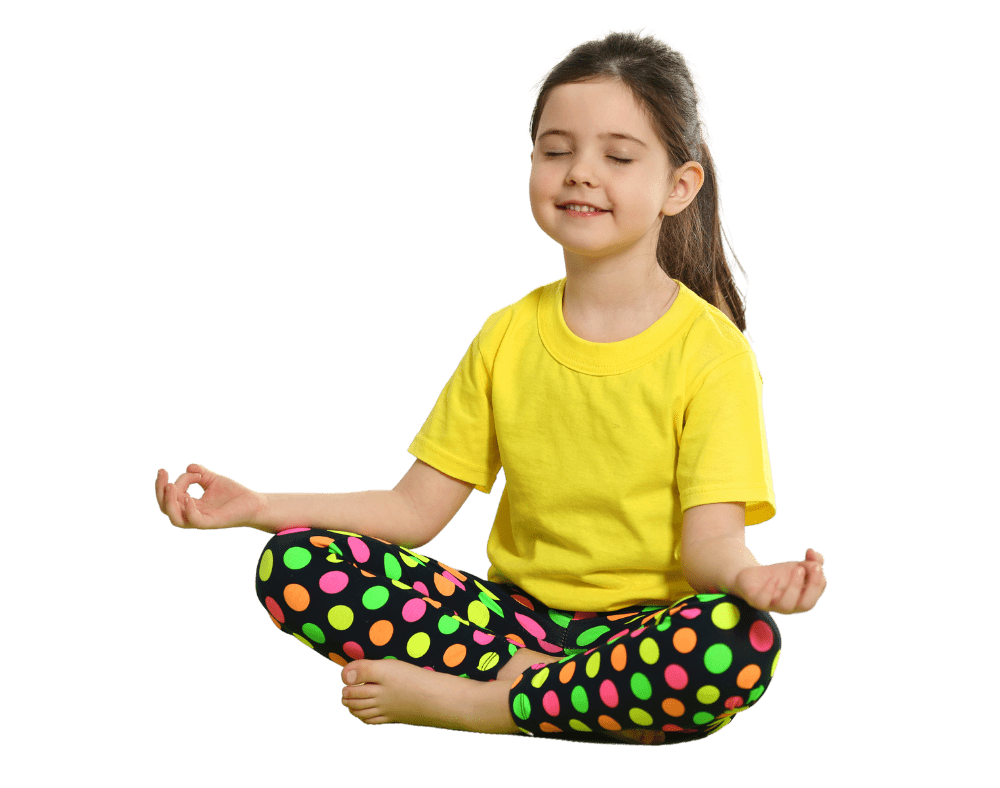What is the goal of Yoga? Why do people practice it? Why do YOU practice? To get a fit body? To fit in with the “cool” crowd? To relieve the stress of everyday life?
 Yoga at it’s essence, is a practice in peace. By engaging in each of the eight limbs of Yoga, one can live a life with more mental, physical, emotional and spiritual peace.
Yoga at it’s essence, is a practice in peace. By engaging in each of the eight limbs of Yoga, one can live a life with more mental, physical, emotional and spiritual peace.
Essentially, this means that with a regular yoga practice, one will be able to walk through life without letting outside situations determine how they feel on the inside. How does this happen? How can we look at yoga from a holistic perspective to see how our own practice might be tweaked to offer us even more peace?
We can break down yoga into it’s eight limbs (I like to call it the “Yoga Pie”. There are eight slices of pie, and I really love pie), and see how each limb can lead us to peace. I won’t go deep into what each limb is, but will provide examples of how each can help us remember the natural, inborn peace and joy that is always inside of us.
- Yamas. This is our moral code – when we tell the truth, we take only what is rightfully ours and generally treat others with respect, we exist in a higher vibration. We avoid feelings of guilt, we do not have to stress about remembering which lie we told to whom, and we experience a clearer conscience overall.
- Niyamas. The rules of personal behavior – when we keep our mind clean, we are happy and grateful for what we have, we trust in the universe and have self-discipline, we feel purer. When we are not constantly striving for more, and thinking we will be happy when we finally achieve “x”, we are able to find peace in where we are.
- Asana. The physical postures – when we move our body we create strength, flexibility and endurance. We prevent illnesses. We can relieve aches and pains, improve our immune system and release powerful “happy” chemicals inside of our body. When we do not move our body we can feel sluggish, dull and uninspired. By keeping physically active we can relieve stress and feel more peaceful both physically and mentally.
- Pranayama. Breath work – Have you ever taken a deep breath in a stressful situation and NOT felt a little better? Prana is our vital life force, so by bringing more of it into our body, we can not help but feel more peaceful. Stagnant energy can be trapped in the body, which may make us feel agitated, lazy, grumpy or any other feeling that is not desirable. By taking some nice deep breaths we can release the stagnant energy, bring in some fresh new oxygen and prana, which is sure to help us feel better.
- Pratyahara. Withdrawal of the senses – Sometimes life can be overwhelming. The kids are screaming, the dog needs to go for a walk, something under the couch smells horrible and it all becomes too much. It is difficult to feel peaceful with so much sensory input bombarding us. With a practice of pratyahara we can take a break. Find a quiet place (or as quiet as possible) cover your face with your hands, plug your ears and take a few deep breaths. This little “mini vacation” can give your senses a much needed break, and bring you some peace.

- Dharana. Concentration – Have you ever tried to do ten things at once and then wondered why none of them really turned out well? I know I have, and I also know that it does not make me feel very peaceful when I realize how poorly I have been performing. Concentration is essentially mindfulness. When we focus on the task at hand, we will do that task better. Even if our schedule does not allow for everything to be done task by task, make sure the important ones are done independently of the others. Take some deep breaths, focus completely on what you are doing, and notice the satisfied and peaceful feeling that you experience with a job well done!
- Dhyana. Meditation – Taking some time to be silent and still each day can help you calm your busy mind. Even if you have a difficult time totally quieting your thoughts, just sitting for a few minutes each day without your phone, your kids yelling at you, or needing to be running out the door can help you find mental peace and clarity.
- Samadhi. The ultimate peace – This is not a piece of the pie that you “do”, it is more of something that may happen once all of the other pieces of pie come together into a magical combination (kind of like having a whole pie to yourself). Just know that even though samadhi might be the “goal”, each step we take, each time we practice one of the eight limbs, we are inviting more peace into our life.
Yoga is a practice and not a perfect, and peace is something that will come and go in our lives. Let’s face it, we are human beings, and things are going to get to us. To expect that we will achieve a state of perpetual peace is unreasonable, however I do believe that we can achieve peace more often through yoga practices. When we teach kids yoga we can model our own peaceful behaviors, and teach the children how to use these practices to find more peace in their lives as well.


